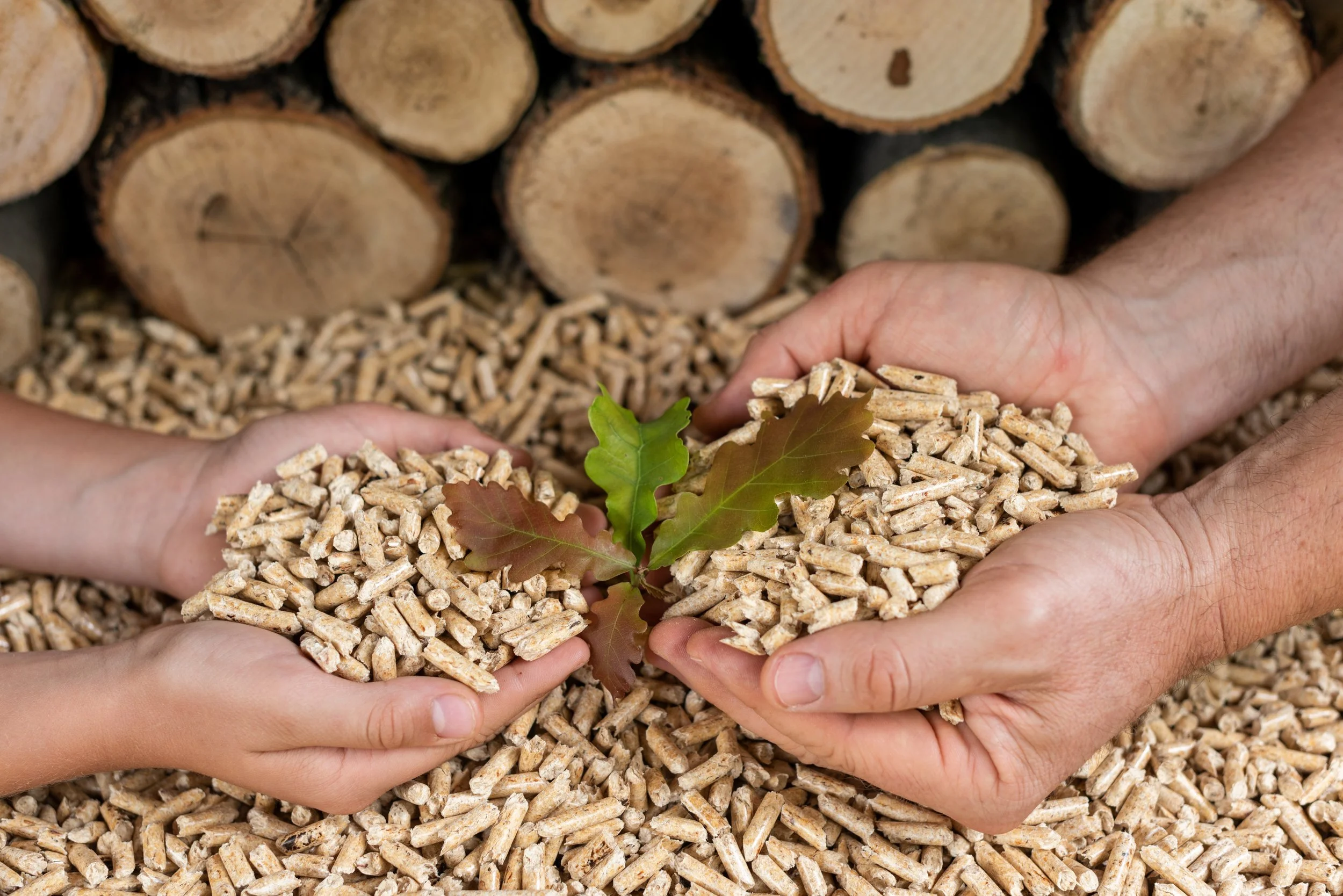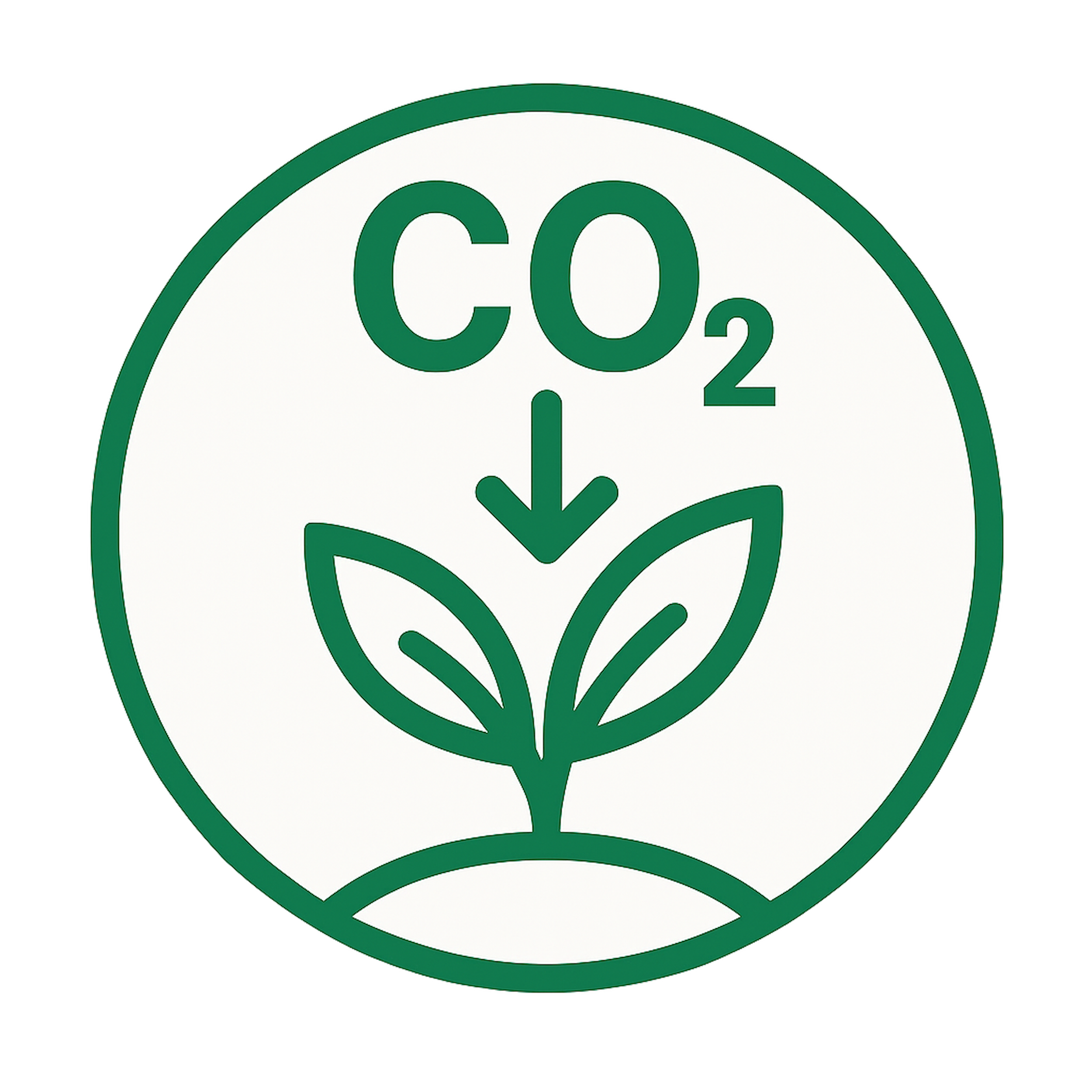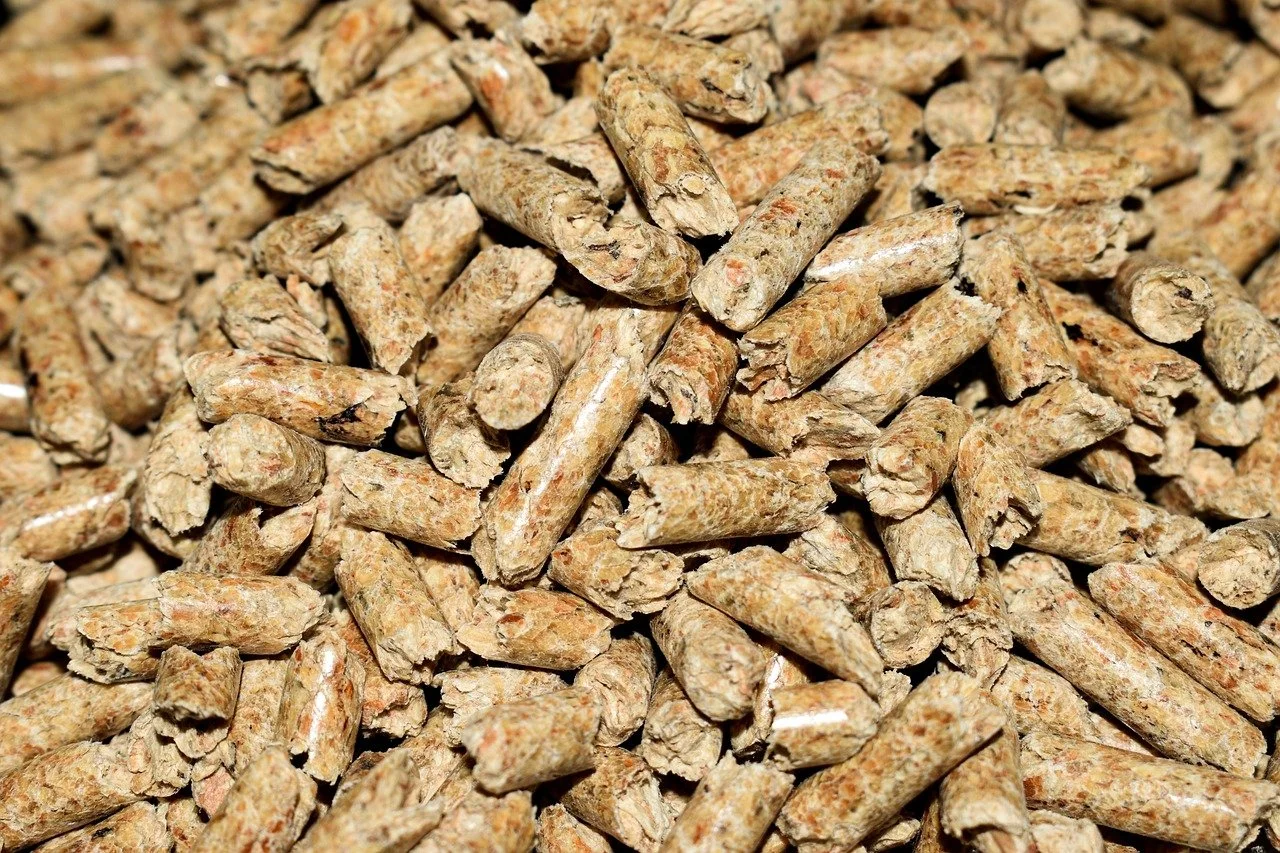
What is bioenergy? Answers to your questions.
Renewable energy - the sustainable solution of the future
Renewable energy is a key part of the transition to a more climate-friendly society. By using energy sources that are naturally regenerated, we can reduce our dependence on fossil fuels and create more sustainable energy production. But what does renewable energy really mean, and why is it so important for the climate?
What is renewable energy?
Renewable energy sources are resources that can be replenished within a human lifetime, such as solar, wind, hydropower and bioenergy. Unlike fossil fuels such as oil, coal and natural gas, these energy sources do not run out in the foreseeable future and do not contribute to the same amount of greenhouse gas emissions.
Bioenergy, often derived from forestry and agricultural residues, is a clear example. During the growth phase, the trees absorb carbon dioxide, which offsets the emissions when the biofuel is used for heating or electricity production. This natural cycle makes bioenergy a climate-friendly and renewable energy source.
How does bioenergy work in practice?
Imagine a tree growing in the forest and absorbing carbon dioxide from the atmosphere. When the tree is harvested, parts are used for various products, while waste materials such as shavings and chips are pressed into pellets or wood powder. When these biofuels are burned in a boiler or plant, carbon dioxide is released, but the same amount is absorbed by new growing trees.
The result is a closed loop of carbon dioxide, where uptake and emissions balance each other out - something that does not happen with fossil fuels.
What is the difference between renewable energy and fossil fuels?
It all begins with an idea. Maybe you want to launch a business. Maybe you want to turn a hobby into something more. Or maybe you have a creative project to share with the world. Whatever it is, the way you tell your story online can make all the difference.
What is the difference between renewable energy and fossil fuels?
The main difference lies in the time aspect and the climate impact.
Renewable energy is quickly replenished and can be carbon neutral over its lifecycle.
Fossil fuels have been formed over millions of years. When we extract and burn coal, oil and gas, large amounts of carbon dioxide are released in a short time, without being reabsorbed at the same rate.
This leads to increased greenhouse gases in the atmosphere and accelerates global warming
Why do fossil fuels have a negative impact on the climate?
Fossil fuels such as coal, oil and natural gas are extracted in huge quantities globally. Their rapid combustion creates an excess of carbon dioxide, which cannot be naturally sequestered. This is one of the main causes of the climate change we are seeing today, with rising temperatures and extreme weather conditions.
Summary:
Renewable energy is key to sustainable development
By replacing fossil fuels with renewable energy sources such as bioenergy, businesses and communities can reduce their carbon footprint and contribute to a more sustainable future. Renewable energy is not only an environmental choice - it is also a smart long-term investment in stable and climate-proof energy supply


